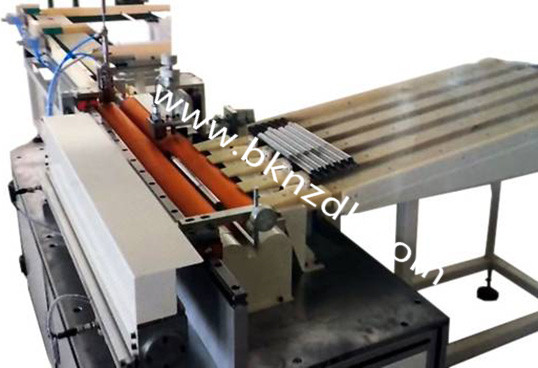The piston rod above is driven by two cots rotating in the same direction, and the piston rod is driven by the pusher rod to complete the detection from under the probe.
I. State and parameters of piston rod
1. Piston rod specification 10-_ 28, length 100-500.
2. Piston rod material: ordinary carbon steel, alloy round steel.
3. Piston rod condition: roughness Ra0.1, roundness 0.02, circular jump 0.07.
4. Inspection speed: Take the workpiece diameter 20, length 450, detection distance 300 as an example, detection rhythm 6 seconds.
5. Detection location: the largest diameter of the outer circle.
6. Detection accuracy: cracks of 0.1 mm (depth) x 0.1 mm (width) x 3 mm (length)
7. Workpiece rotation speed: According to the detection speed, the piston rod rotates one cycle and the propulsion distance is 3-5 mm.




